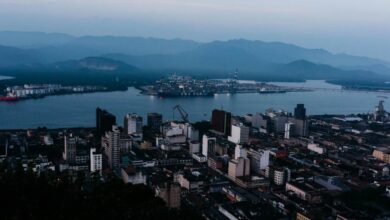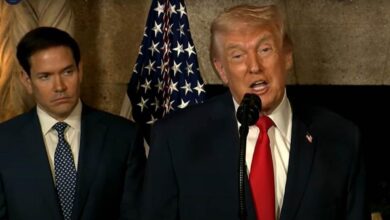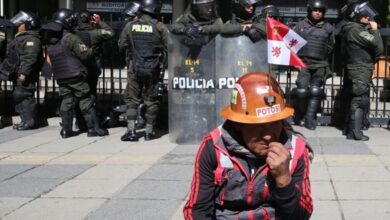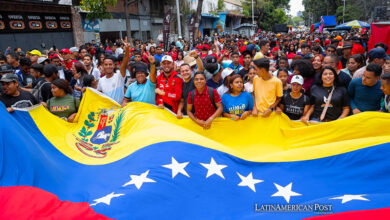Panama’s Uneven Comeback: Behind Growth Headlines, a Job Crisis Spreads from Ports to Banana Fields
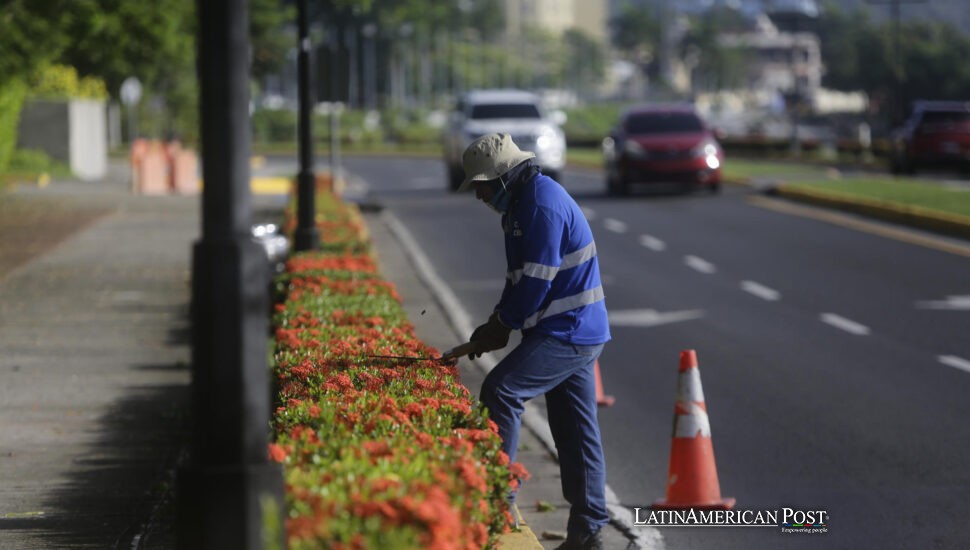
Panama’s economy is surging on paper, with cargo up and GDP climbing. But on the ground, thousands of workers are watching opportunity slip away—nowhere more clearly than in the banana fields of Bocas del Toro, where paychecks have vanished overnight.
A Booming Economy Without Jobs
From a distance, Panama is a regional success story. GDP is growing again, at 5.2 percent in the first quarter, and is expected to jump to 6.2 percent in April. The Panama Canal posted a 43 percent spike in toll revenue. Port traffic and re-export trade in Colón are on the rise.
But ask someone looking for work, and the shine wears off fast.
“You can’t eat GDP,” says Rolando Gordón, dean of economics at the University of Panama, in an interview with EFE. “These sectors grow without hiring.”
He’s talking about the canal, the ports, and the free-trade zones—industries that rely more on automation and logistics software than on human hands. Container stacks rise in Colón, and cranes glide with precision. However, the jobs that disappeared during the pandemic and the mine closure last year haven’t returned.
Unemployment stands at 9.5 percent. Nearly half of working Panamanians—49.3 percent—are in the informal economy. These are people without contracts, benefits, or safety nets. The shutdown of a major copper mine last year resulted in the loss of 6,000 direct jobs and indirectly affected another 40,000 people.
Behind the headlines, an entire labor force is drifting.
When Foreign Investment Doesn’t Trickle Down
President José Raúl Mulino insists that better days are coming. In a recent press conference, he cited new logistics concessions, warehouse expansions, and retail development. His administration is betting on foreign direct investment to bring relief.
But Gordón says the numbers don’t tell the whole story.
“The money is coming in,” he says. “But it keeps pooling in sectors that don’t hire most Panamanians.”
Carlos Araúz, an economist and finance consultant, puts it more bluntly: “If the people getting laid off can’t code, move containers, or speak English, they’re not getting rehired.”
The root of the problem, both experts agree, is education. Panama’s schools haven’t evolved fast enough, and neither has public investment in training. As a result, multinational corporations bring in capital, but not necessarily jobs for locals.
Graduates line up at employment fairs, résumés in hand, only to be told they’re not the right fit. Meanwhile, high-tech cranes unload ships night and day, with just a handful of operators in the control room.
It’s what Araúz calls “growth without hands”—an economy racing forward with too few seats on the train.
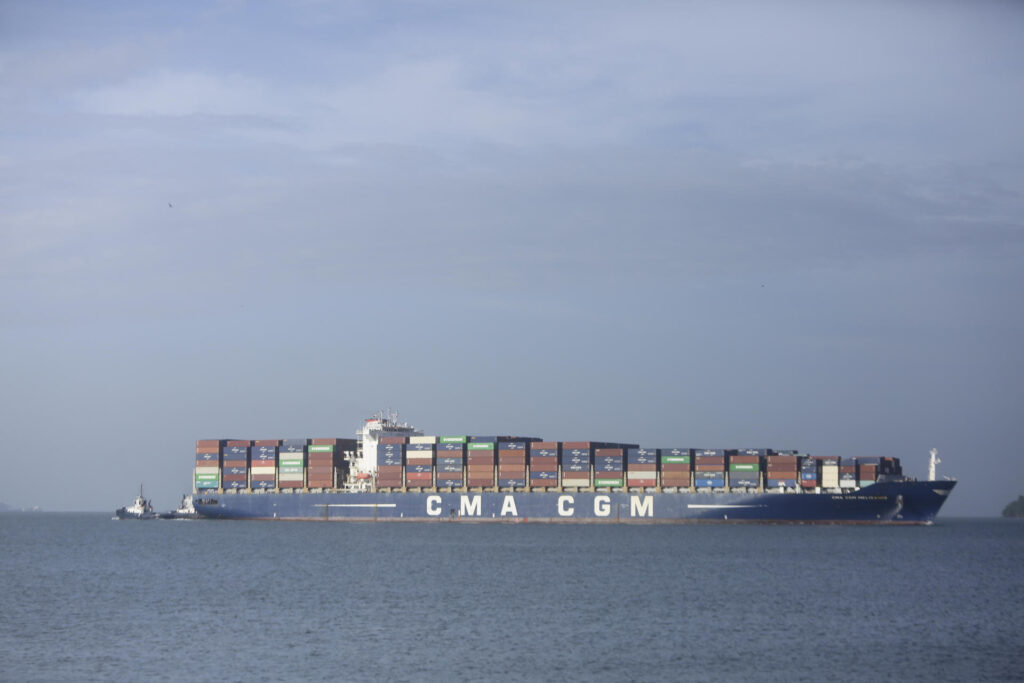
A Banana Crash That Hit Harder Than Expected
For a brief moment this spring, things looked better. Banana exports surged, helping to offset losses from the mining sector. Then came the strike.
A national protest over pension reform shut down roads, slowed construction, and in Bocas del Toro, it broke the banana industry.
Chiquita, the multinational giant, suspended operations in Panama and laid off 6,500 workers.
Suddenly, a region that had found rare economic stability was plunged into uncertainty. “They were gone overnight,” said Marta Ponce, a shopkeeper in Almirante, speaking to EFE. “Now people can’t even buy rice.”
Economist Olmedo Estrada estimates the impact could slash Panama’s projected growth from 4 percent to 2.5 percent. Unemployment may creep toward 11 percent if the company doesn’t return.
In the grocery stalls, there are fewer customers. In the fields, former pickers now hustle for informal day labor or rely on remittances from family abroad. In Bocas, the canal’s record profits feel irrelevant.
“We hear the numbers on TV,” Ponce says. “But they don’t reach us.”
Can Prosperity Reach the Provinces?
President Mulino has called for unity. “Let’s leave pessimism behind,” he said. But without targeted intervention, optimism may not be enough.
Gordón believes the solution lies in agro-industrial investment and decentralized development—tax breaks for small factories, credit lines for rural producers, and a housing initiative that could revive the construction sector.
“This economy needs a second engine,” he said. “One that uses more hands, not fewer.”
Araúz agrees but warns that political patience is short, especially after the banana debacle. Protests are brewing. Business leaders fear the country’s famed stability may wobble if labor unrest spreads.
Yet for many workers, the unrest reflects a more profound frustration: Panama is not poor. Its ports are busy. Its bonds are stable. The money exists—they don’t see it.
In that light, the banana fields have become more than farmland. They are a referendum on inclusion. When 6,500 jobs vanish and GDP still rises, people start to wonder: Who is this growth really for?
In Miraflores, ships still glide through the locks. In Panama City, bankers continue to discuss forecasts. But in Almirante and Bocas, people are counting coins, watching for job ads, and hoping the following announcement from the capital brings more than numbers.
For Panama to avoid another crisis, it needs to make growth visible, inclusive, and measurable in paychecks, not just percentages. Until then, the canal may move millions in cargo, but it won’t move the country forward, at least not for those still waiting on dry land.
Credits: Reporting and interviews by EFE with Rolando Gordón (University of Panama), Carlos Araúz (economic analyst), Olmedo Estrada (consultant), Marta Ponce (local shopkeeper); data from the National Institute of Statistics and Panama’s Ministry of Economy and Finance.

